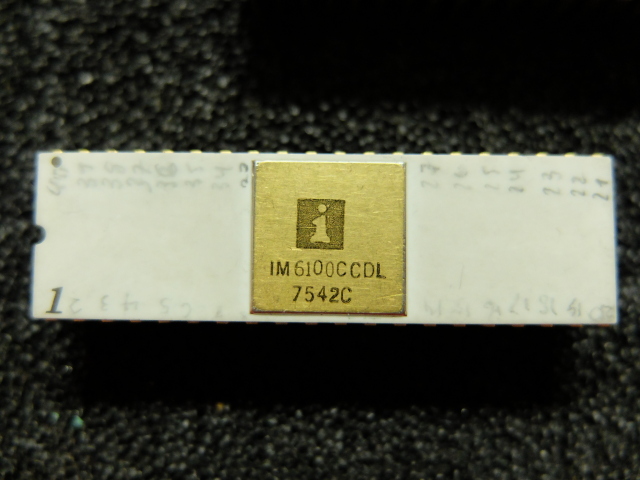50 years of PDP-8

Initially DEC had planned an own single chip version of the PDP-8, which after the PDP-8/A would have been the PDP-8/B. But when Intersil launched the IM6100 in 1975 they stopped the project und DEC used the IM6100 in it's VT78.
Many of the old first generation microprocessors had a flaw:
They had no stack mechanism. This came from magnetic core memory, which
which made no distinction between RWS (Read/Write Storage) and ROS (Read
Only Storage). The term RAM (Random Access Memory) is used in a wrong
manner today. Originally it means the magnetic core memory in oppostion
to serial acces memory like magnetic drums or delay line storage.
Computer with RAM often put the RETurn address of a subroutine in their
first word, and continued in the second word of the subroutine. RETurn
from subroutine was done by an indirect jump to the first word of the
subroutine. There was no "ReTurn from Subroutine".
This mechanism doesn't work if a program is stored in ROS or ROM. Only
microprocessors who provided a stack with stackpointe in RWS survived.
Another weakness of the IM6100 was, that it implemented only the basic 4K-CPU. To implement the MMU needed for a full 32K PDP-8, enforced a very complex TTL-logic similar to that of the older PDP-8/e
